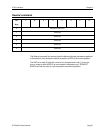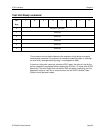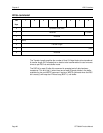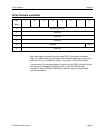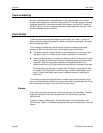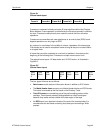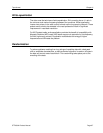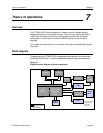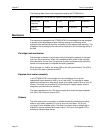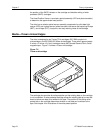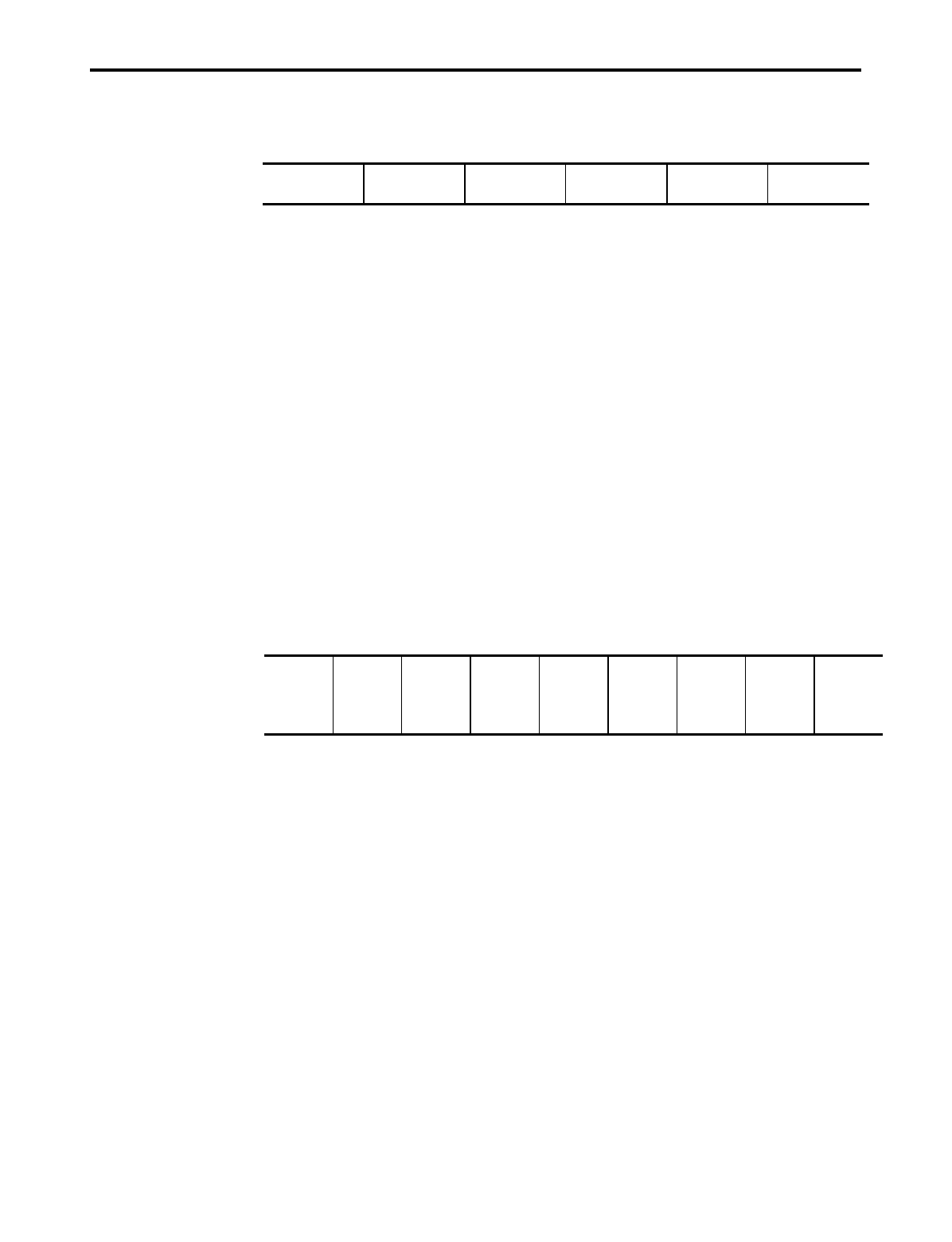
Tape format Chapter 6
STT8000A Product Manual Page 65
Figure 6-1
General track layout
Frame N Frame N+1 Frame N+2 Frame N+3 Frame N+4
Frames are numbered indirectly using the 26 most significant bits of the Physical
Block Address. Frame operation is controlled by the drive and generally invisible to
the host. Frames are used primarily as a means to control the error correction
operations.
Frames can be overwritten with new data frames or an end-of-data (EOD) frame.
Append operations can only begin at EOD.
An underrun is not allowed in the middle of a frame, regardless of the frame type.
Filler blocks can be used to complete a frame as long as they are not used interior
to a logical block.
A frame that cannot be completed on one track is rewritten in its entirety at the
beginning of the following track. Frames are not split around corner turns.
The general frame layout—52 data blocks and 12 ECC blocks—is illustrated in
Figure 6-2.
Figure 6-2
General frame layout
Data
Block
0
Data
Block
1
Data
Block
2
... Data
Block
51
ECC
Block
0
ECC
Block
1
... ECC
Block
11
The four types of frames are as follows:
•
Data frames
contain data and information blocks in addition to ECC blocks.
• The
Media Header frame
contains only Media Header blocks and ECC blocks.
This frame is recorded as the first frame on the Directory Track.
•
Track ID frames
are recorded as part of the pre-formatting process of the
cartridge. These frames are easily distinguished from other frame types
because they reside entirely outside of the data region of the tape.
• An
EOD
frame is an absolute indicator of the end of the recorded data. It is
recorded after the last frame containing host data upon terminating a Write
process.



